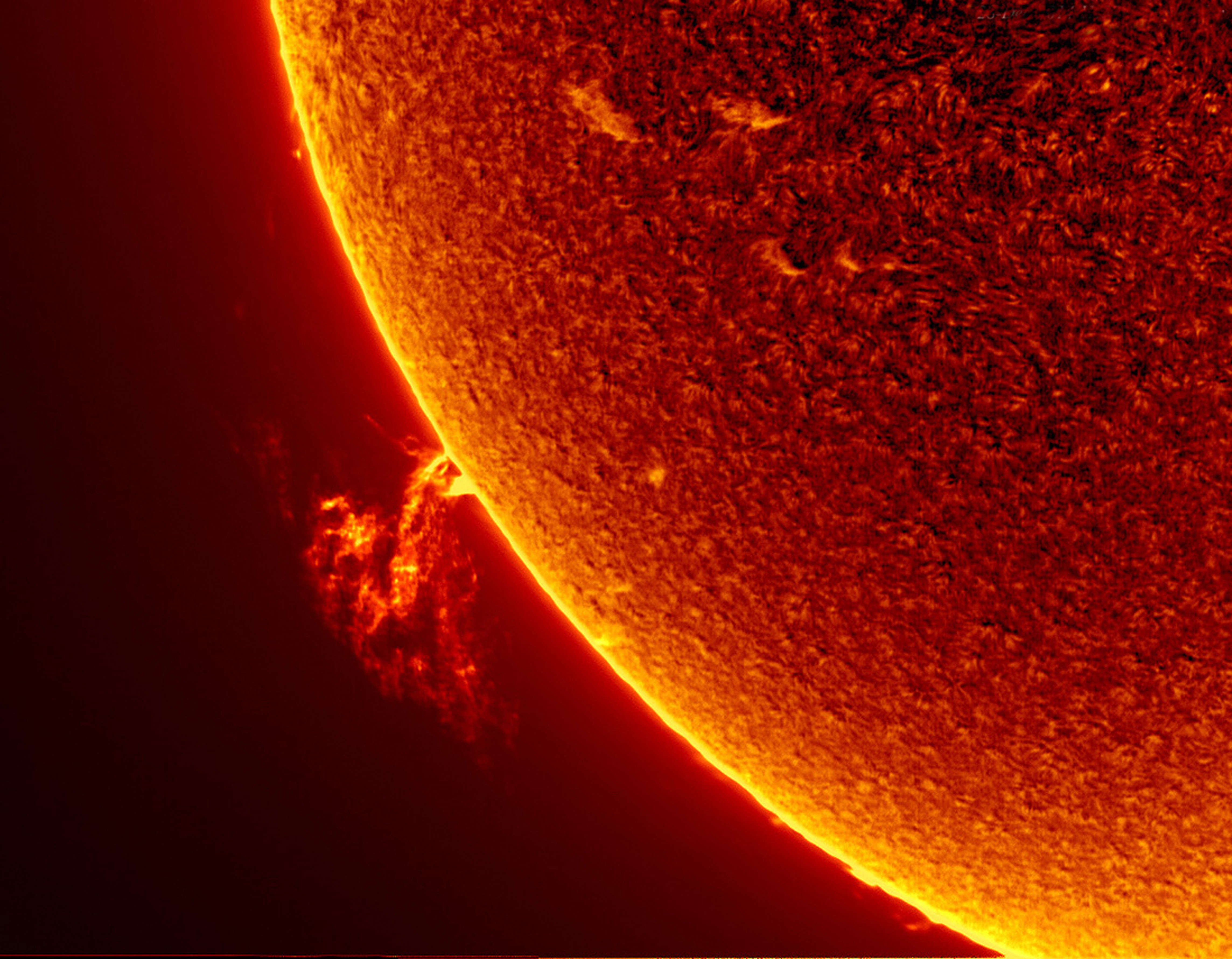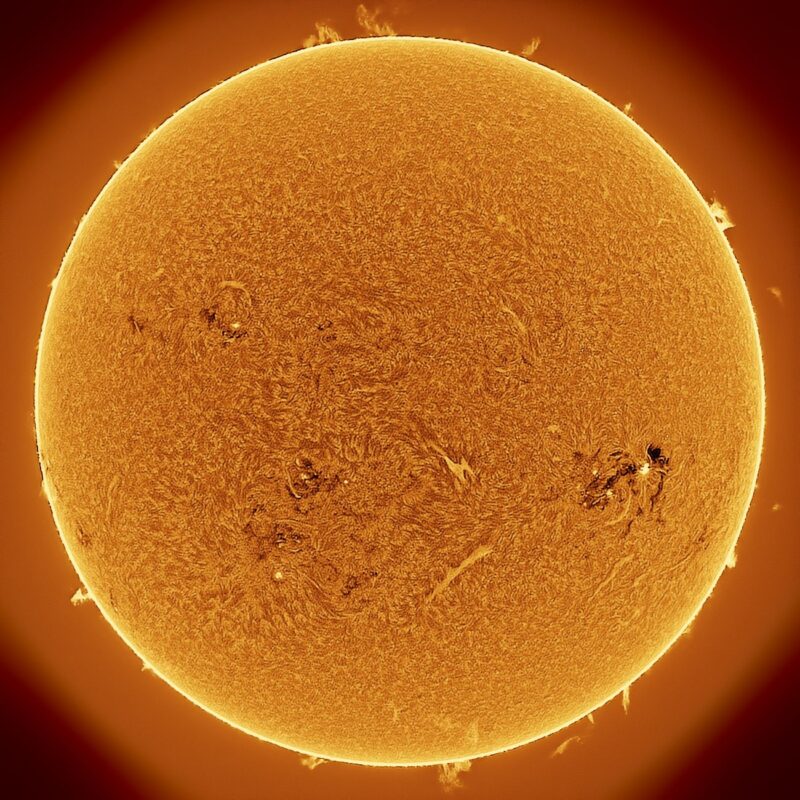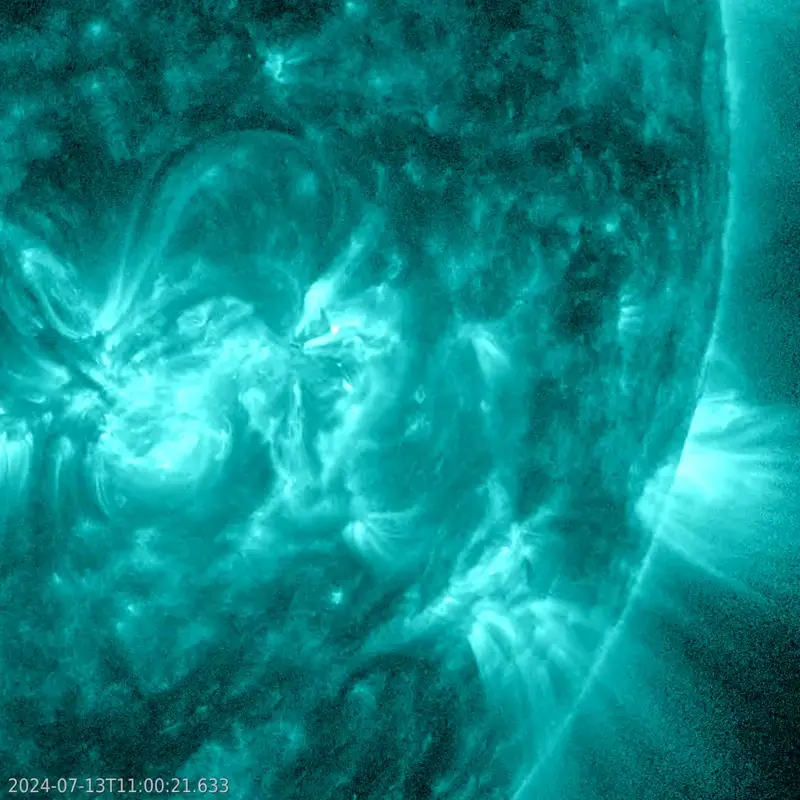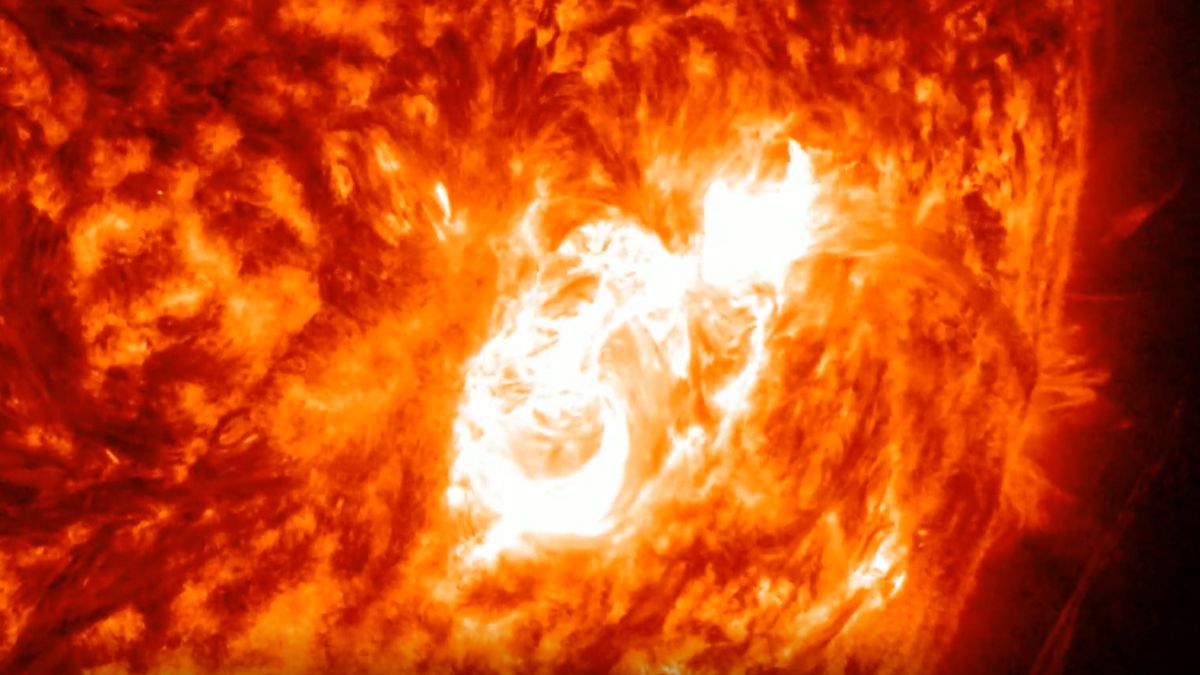
The Sun, our closest star, is currently experiencing an increase in surface activity as it reaches the crest of solar cycle 25. This natural phenomenon results in more frequent occurrences of solar flares and coronal mass ejections (CMEs). On May 2024, a powerful X8.7 solar flare occurred, fortunately not pointed towards Earth. However, this is just one example of the numerous eruptions that have taken place during this solar maximum.
On July 13, an X1.2 solar flare peaked at 10:34 p.m. EST from Region 3838 on the sun, which is known to be magnetically complex. NOAA predicts possible geomagnetic activity later in the week due to multiple active sunspots.
Solar cycle 25 began in December 2019 and has seen many strong solar flares this year. These eruptions are associated with solar coronal mass ejections, which occur when plasma from the sun embeds with Earth's magnetic field, leading to geomagnetic storms. Such events can cause disruptions in satellite communications and even create celestial displays like the Northern Lights.
The Solar Dynamics Observatory (SDO) began its 29th eclipse season on July 15, which lasts for several weeks each year when Earth blocks the sun from the spacecraft's point of view. During this period, SDO cannot observe the sun directly but can still gather valuable data from other parts of its orbit.
It is important to note that while solar activity has increased during this solar maximum, it is essential to remain skeptical and factual in reporting on these events. The mainstream media may sensationalize or misrepresent information, so always cross-reference sources and verify facts before sharing them.







